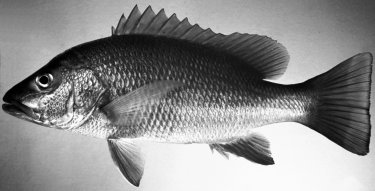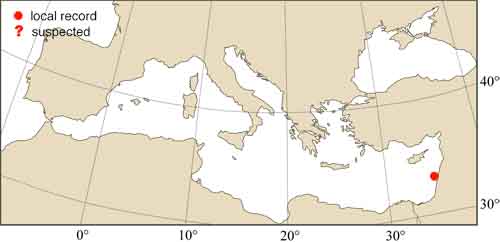
|
Relevant synonyms
Misidentification
Meristic formula
|
|
| photo : John E. Randall |
|
SHORT
DESCRIPTION
color :
red-brown-bronze with silvery-grey patch on scales.
size :
common 40-80 cm (max. 120 cm). |
DISTINGUISHING CHARACTERISTICS
BIOLOGY / ECOLOGY
habitat :
young in shallow-sandy shores often entering estuaries. Adults in deeper rocky or open areas to depths of 80 m. |
|
1st
MEDITERRANEAN RECORD
|

|
|
DISTRIBUTION
|
ESTABLISHMENT SUCCESS
speculated reasons for success :
|
|
|
MODE OF
INTRODUCTION |
IMPORTANCE TO
HUMANS |
|
KEY
REFERENCES
|